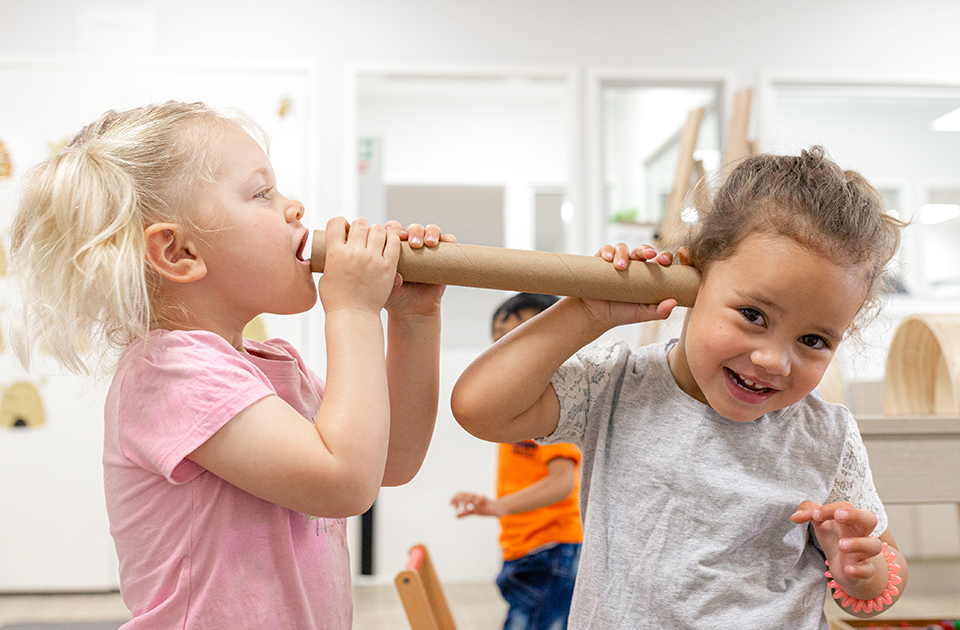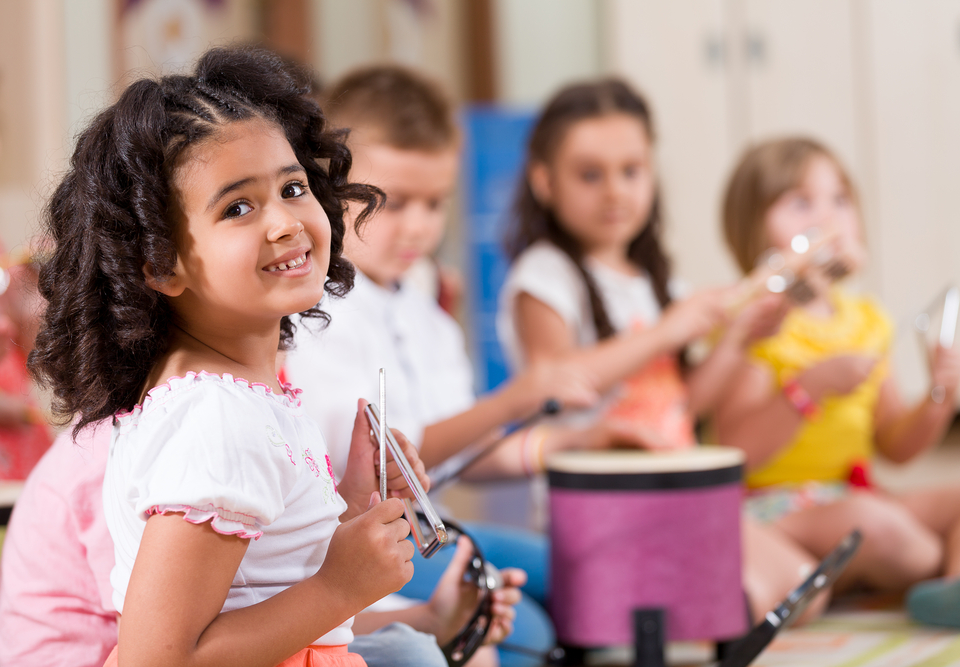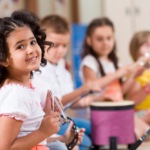Introduction: The Turbulent World of Toddlerhood
Often defined by a sequence of emotional storms, toddlerhood is a time of fast development and increasing autonomy. Still struggling with language and emotional control, these small people often run into misinterpretations that could set off tantrums and tears. Often feeling overwhelmed and unsure of the appropriate course of action, parents and other caregivers are charged with negotiating these choppy seas. Here is where a practice based in present-moment awareness—mindfulness—can be quite helpful. Through mindfulness, we may learn to patiently, sympathetically, and clearly react to toddler misinterpretations, therefore turning difficult events into chances for development and connection. – Navigating Tiny Tempests
Mindfulness is not about stifling feelings or reaching an always peaceful condition. It’s more about noticing our ideas and emotions free from judgment so that we could behave deliberately instead of reactively. Dealing with toddlers, whose emotional outbursts might set off our own stress reactions, this ability is very important. Learning to halt, breathe, and ground oneself in the present helps us stay balanced and sensitive, therefore promoting a more harmonic and understanding surroundings. A toddler’s brain is still developing, hence they are frequently not as able to articulate themselves as adults are. By use of mindfulness, adults may better grasp and respond to the child in a composed and effective manner.

Understanding Toddler Misunderstandings: The Root of the Storm
First of all, we must grasp the fundamental reasons of toddler misinterpretations before we explore conscious remedies. Toddlers still have growing language abilities, which often results in misunderstanding and annoyance. Their poor cognitive capacity might make understanding sophisticated ideas or complicated directions challenging. Moreover, their emotional control is still developing therefore they might find it difficult to control strong emotions such irritation, disappointment, or wrath.
- Language Obstacles: Toddlers who communicate themselves via jumbled motions or words run into misinterpretation.
- Cognitive Limitations: Their awareness of cause and effect is still growing, so they find it difficult to project outcomes.
- Toddlers with emotional immmaturity feel strongly but lack the ability to control their feelings.
- Toddlers are very autonomous, hence any perceived constraint will cause them to object.
- Sensory Overload: A toddler’s delicate neurological system might be overwhelmed in crowded settings, by loud noises, or by brilliant lights.
For instance, a child may act out of want for a toy they cannot reach yet lack the ability to effectively communicate their need. Alternatively they could get enraged when they can’t finish a task, which sets off a breakdown. Understanding these fundamental causes will enable us to tackle toddler misinterpretation with more empathy and compassion.
Information About Toddler Development:
Between the ages of 1 and 3, toddlers undergo fast brain development; their prefrontal cortex, in charge of emotional regulation, is still developing; they mostly rely on sensory experiences to learn and comprehend the world; their vocabulary grows greatly during this period but their capacity to express difficult ideas is limited.

The Power of Mindful Parenting: Cultivating Calm Amidst Chaos
Mindful parenting is realizing in our contacts with our children present-moment awareness. It’s about being really present, alert, and responsive—that is, not reacting automatically. When dealing with toddler misconceptions, this method can especially help us to stay grounded and focused among the turbulence.
Fundamental Elements of Mindful Parenting:
- One becomes self-aware of our own triggers and emotional reactions.
- Emphasizing the here and now instead of muckering the past or fretting about the future, present-moment attention
- Nonjudging Observation: Seeing our child’s behavior and our own responses free from assessment.
- Compassion and Empathy: Recognizing and accepting our child’s emotions
- Reactive Communication: Engaging our youngster in calm, clear, sympathetic conversation.
Case Study: Imagine a situation when a young child throws a fit because they wish to play with a delicate object. First a conscious parent would inhale deeply to control their own feelings. Then they would gently approach the youngster, respect their need, and clarify why the thing isn’t safe. Rather of criticizing or discounting the child’s emotions, they would provide a substitute toy or activity, therefore validating their feelings and establishing reasonable limits.
Quote: “Mindfulness guides you home to the present. And each time you return home, you may identify the happiness you have at hand as well as the conditions of happiness.” Thin Nhat Hanh.
Practical Mindfulness Techniques for Resolving Toddler Misunderstandings
let’s explore some practical mindfulness techniques that can help us navigate toddler misunderstandings more effectively.
- The Pause and Breathe Technique: When faced with a challenging situation, take a moment to pause and take a few deep breaths. This simple technique can help regulate our nervous system and create space for a more thoughtful response.
- Grounding Techniques: If you feel overwhelmed, try grounding techniques such as focusing on your senses (e.g., feeling your feet on the ground, noticing the sounds around you).
- Active Listening: Pay close attention to your child’s words and nonverbal cues, trying to understand their perspective.
- Empathy and Validation: Acknowledge and validate your child’s feelings, even if you don’t agree with their behavior.
- Clear and Calm Communication: Use simple, clear language to communicate your expectations and boundaries.
- Offering Choices: Giving toddlers limited choices can empower them and reduce feelings of frustration.
- Redirection: Redirecting their attention to a different activity can help diffuse a potential meltdown.
- Creating a Calm Space: Designate a quiet, safe space where your child can retreat when they feel overwhelmed.
Fostering Emotional Intelligence: Building a Foundation for Understanding
Conscious interactions with young children build long-term emotional intelligence in addition to helping to resolve urgent problems. We teach our kids useful skills for negotiating their own emotions and relationships by always showing calm and sympathetic reactions.
Important facets of emotional intelligence:
- Self-awareness—that is, awareness of one’s own feelings.
- Self-regulation: Controlling one’s feelings.
- Motivation: Overcoming challenges and aiming personally toward goals.
- Empathy: Knowing and distributing personal emotions of others.
- Developing and preserving good connections requires social skills.
When we react to child misinterpretations with awareness, we are modeling these abilities. We teach them pauses, introspection, and effective expression of their emotions. They absorb these ideas over time and grow emotionally intelligent on their own.
When a toddler is unhappy because they can’t eat a cookie before dinner, for instance, a thoughtful answer can be: “I realize you’re feeling disappointed. Waiting for anything may be difficult. After supper, we could have a cookie. This method sets a clear limit while nevertheless honoring the child’s emotions.
Emotional intelligence is a greater indicator of success than IQ; children with high emotional intelligence have superior social and academic results; and practice helps one to acquire and enhance emotional intelligence.
Creating a Mindful Environment: Setting the Stage for Understanding
Our interactions are much shaped by our surroundings. Toddler misunderstandings might be less frequent and less intense by establishing a peaceful and encouraging surroundings.
Techniques for establishing a conscious environment:
- Create Routines: Toddlers in predictable routines feel safe and their anxiety is lowered.
- Simplify the surroundings: Reduce clutter and distractions to establish a quiet and serene area.
- Apply calming techniques. Add peaceful elements as aromatherapy, soothing music, or natural noises.
- Offer sensory activities to assist control sensory input include sand play, water play, or playdough.
- Establish a peaceful, safe environment where your youngster may withdraw from overwhelming circumstances.
Children pick up calmness from our actions. In your personal encounters, model thoughtful and calm reactions.
For instance, setting up a specific “calm down corner” with soft cushions, books, and sensory toys will provide young children a secure place to control their feelings. When they feel overwhelmed or irritated, this area can help.
Long-Term Benefits: Raising Mindful and Resilient Children
Using mindfulness to address toddler miscommunications has advantages well beyond simple conflict resolution. Through a conscious approach, we are raising strong and emotionally intelligent youngsters who will be more suited to negotiate life’s difficulties.
Long-Term Benefits:
- Improved Emotional Regulation: Children learn to manage their emotions effectively.
- Enhanced Communication Skills: They develop the ability to express their feelings clearly and respectfully.
- Stronger Relationships: They build healthy and fulfilling relationships with others.
- Increased Resilience: They develop the ability to bounce back from adversity.
- Greater Self-Awareness: They gain a deeper understanding of their own thoughts and feelings.
- Reduced Stress and Anxiety: Mindful practices can help children manage stress and anxiety.
Data:
Studies have shown that children who practice mindfulness have improved attention, emotional regulation, and social skills. (References: Research on Mindfulness in Children).

Conclusion: Embracing the Journey of Mindful Parenting
Raising toddlers is surely a difficult and fulfilling road. Accepting mindfulness can help us to turn times of conflict into chances for connection, development, and education. We may create emotional intelligence, a peaceful and encouraging atmosphere, and resilient youngsters ready to negotiate the complexity of life by means of our efforts.
Mindfulness, then, is about developing awareness and compassion in our contacts with our children, not about perfection. It’s about being present, patient, and responsive—even in turmoil. Let’s remember to treat our kids and ourselves well as we travel, appreciating the times of connection and accepting our flaws.
References:
- Siegel, D. J., & Bryson, T. P. (2011). The whole-brain child: 12 revolutionary strategies to nurture your child’s developing mind. Delacorte Press.
- Kabot-Zinn, J. (1994). Wherever you go, there you are: Mindfulness meditation in everyday life. Hyperion.
- Shapiro, S. L., & Carlson, L. E. (2009). The art and science of mindfulness: Integrating mindfulness into psychology and the health professions. American Psychological Association.
- Research on Mindfulness in Children: multiple studies can be found on pubmed and google scholar, that show the benefits of mindfulness in children.







